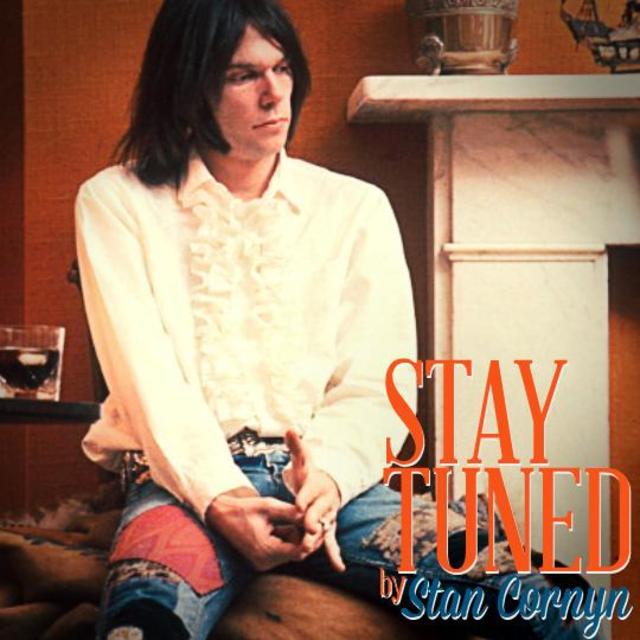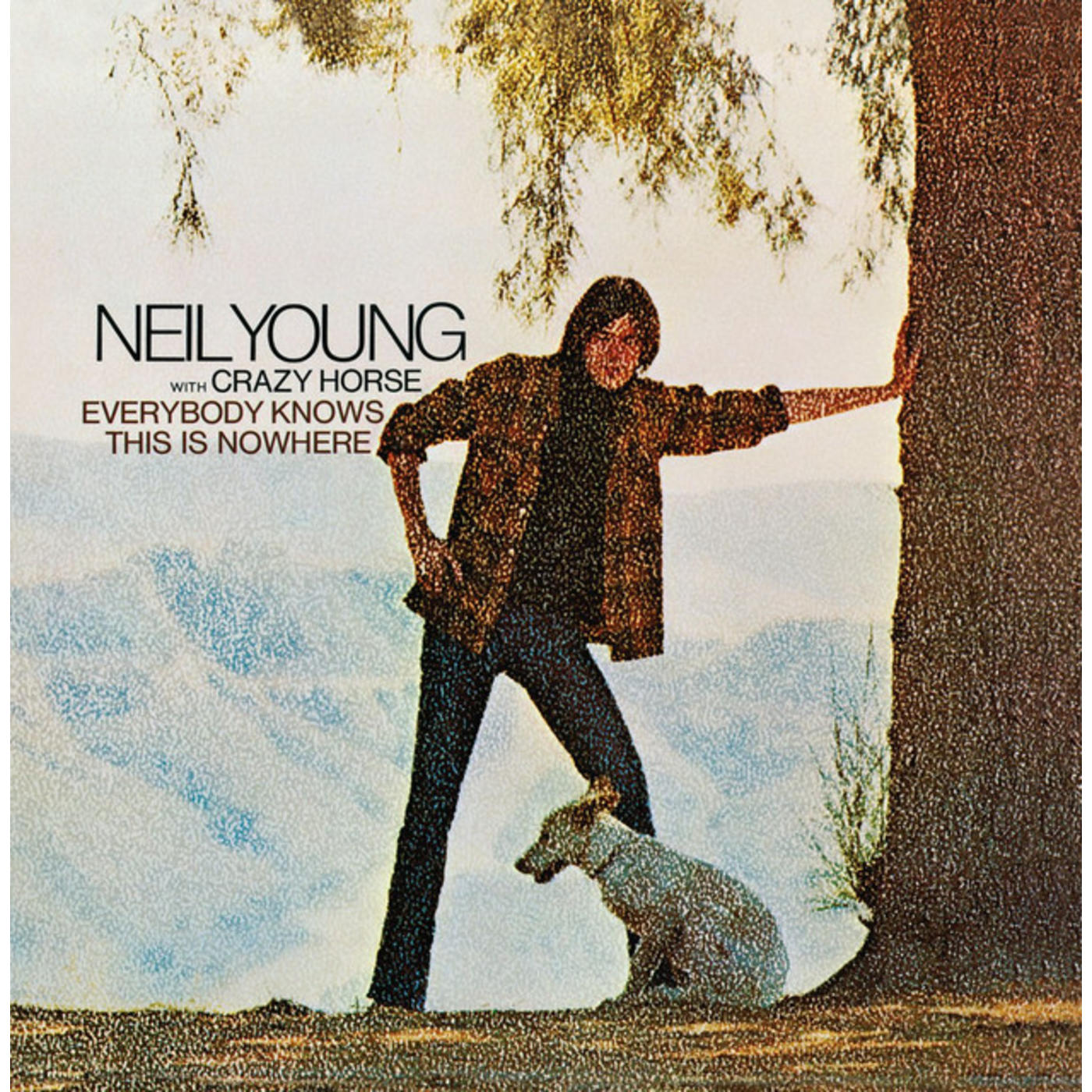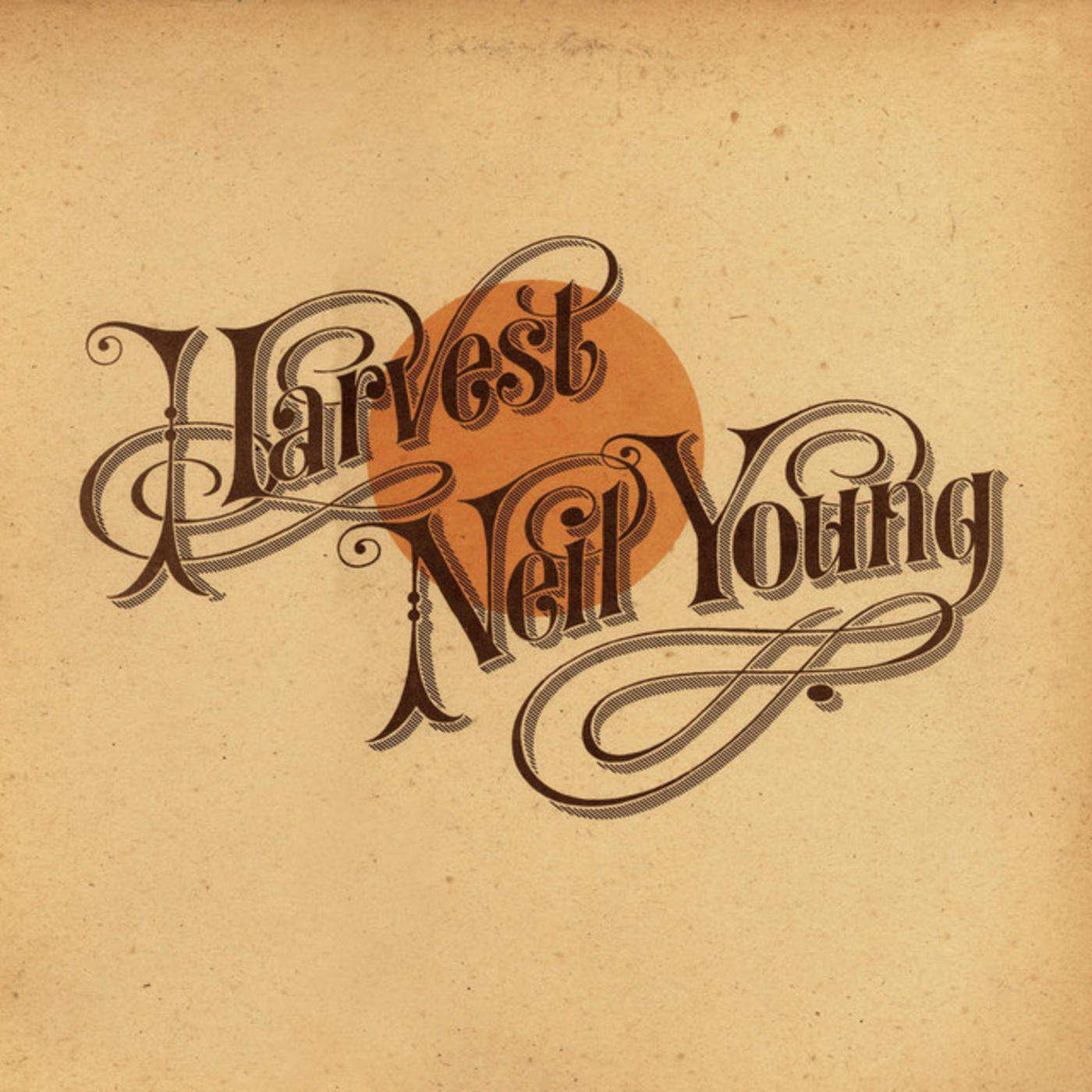Stay Tuned By Stan Cornyn: Neil Gets His Way

Every Tuesday and Thursday, former Warner Bros. Records executive and industry insider Stan Cornyn ruminates on the past, present, and future of the music business.
The gang that gathered in Laurel Canyon, the artists that Warner/Reprise embraced, came from far different teen backgrounds. Joni Mitchell from up in Canada, a solo lady with wide appeal; Zappa an oddity from Antelope Valley; the list grew, music people with several common interests. Those several included low rent, low traffic, interesting drugs, hot tubs, and hotter guitars.
But, above all, a common interest in a good record deal.
Neil Young wanted a deal, too. He’d grown up in Canada, where records on radio got to him. As a teen, he learned how to strum. For money, he raised chickens to sell their eggs. In 1951, he (like fellow Canadian Joni Mitchell), caught polio in a major outbreak in Ontario. Neil was six; Joni was nine.
Fast forward.
At age 21, Neil ended up in Los Angeles after meeting with a Canadian bass player, Bruce Palmer, out on the road. Both of them had banded before with Stephen Stills. They heard Stills was putting together a new band out there. Maybe they could join? Let’s drive there and find out.
In L.A., they searched for Stills for a week, but could not find him. They decided to head up to San Francisco, but got held up in traffic on Sunset Boulevard. Stills and two others were stuck in their manager Barry Friedman’s white Bentley heading, heading the other way (East). They noticed Neil Young’s in his vehicle, a black, 1953 Pontiac black hearse with an Ontario license plate.
“I’ll be damned if that ain’t Neil Young!” Stills yelled. Friedman made an illegal u-turn to catch the hearse. They shouted, they waved their arms, and now there were four of them, all four determined to assemble their own new band.
They drove over to manager Friedman’s house. Outside it was parked a steamroller made by the Buffalo-Springfield Roller Co.
The newly named group slept on mattresses on Friedman’s living room floor. Friedman gave each of them $1 a day for food. Stills and Young dueled with their guitars in a fearsome, twin-engine guitar blitz.
Getting Signed
Barry Friedman got aced out of managing Buffalo Springfield by Hollywood hustlers Charlie Greene and Brian Stone, publicists who rode around in limos and acted like pop music tycoons. They’d promoted acts, mostly Sonny and Cher. But this was a new age, the Beatles were “it” now, and Greene and Stone behaved mod.
Greene and Stone had taken Friedman for a limo ride. On the road, Greene pressed his pistol on Friedman’s thigh. Friedman signed over his rights to Buffalo Springfield on a hot dog napkin.
Buffalo Springfield opened at the Troubadour on April 11, 1966, then became the house band at the Whisky-a-Go-Go for six weeks.
Record labels quickly felt the heat of the Springfield. The group got talked of as “America’s answer to the English super-group.”
At WBR, the young A&R gang tried to get Reprise boss Mo Ostin to sign the Springfield. Lenny Waronker urged it. Lenny got Jack Nitzsche to urge it, too.
Mo Ostin was turned on, but …ouch… the deal went to Ahmet Ertegun at Atlantic, who put up $22,000 versus Mo’s $10,000 advance.
On Atlantic’s “white rock” label, Atco, Buffalo Springfield came out in December, 1966. In it were three Neil Young songs, including the group performing “Mr. Soul.” Personal messages, from deep inside him to his Mr. Soul:
I was down on a frown when the messenger brought me a letter I was raised by the praise of a fan who said I upset her Any girl in the world could have easily known me better She said, "You're strange, but don't change", and I let her
Another Neil original, “Expecting to Fly,” was elaborately and lushly recorded in baroque pop style, co-produced by Jack Nitzsche.
Atco quickly revised the original album when the group had one major hit, one by Stephen Stills. He had watched the police with clubssmacking teens on the Sunset Strip outside the Pandora’s Box, at the foot of Laurel Canyon. Strip-wandering-kids were outraged at that. Stills’ hit song was “For What It’s Worth,” and, in L.A., it became an anthem for the young, including Neil. Once moved into the album, it propelled the album up the charts.
What a field day for the heat
A thousand people in the street
Singing songs and carrying signs
Mostly saying, "hooray for our side"
It's time we stop
Hey, what's that sound?
Everybody look - what's going down?
Paranoia strikes deep
Into your life it will creep
It starts when you're always afraid
Step out of line, the men come and take you away
We better stop
Hey, what's that sound?
Everybody look - what's going down?
Egos
Hits aside, the Springfield band had ego problems. Huge ones. Stills and Young fought for group leadership.
Neil later recalled, “There were a lot of problems with the Springfield. Groupies, drugs, shit. I remember being haunted suddenly by this whole obsession with ‘How do I fit in here? Do I like this?’”
The Springfield split up in May, 1968, after two years of sizzle and competitiveness. As his often-rival Stephen Stills once put it, “Neil wanted to play folk music in a rock bank.”
Others felt and understood Neil’s need for independence, to do musically what felt right to him, even if it meant quitting projects (albums; groups) after they’d nearly been done.
That became, in Neil’s life, “fulfilling a need,” and a habit. Or as he once put it, “This is my fucking trip and I don’t have to listen to anybody else’s.”
Neil Young Finds Warner Bros.
But by then, Neil had reconnected with Joni Mitchell (they’d been friends up in Canada’s folk music circuit).
Joni told Neil about her manager, and then she told her manager (Elliot Roberts) about Neil.
“You’ve got to meet Neil,” she told Roberts. “He’s the only guy who’s funnier than you are.” Neil soon shared Joni’s manager, Elliot Roberts (and he’s still Neil’s manager, 45+ years later).
Elliot pitched Neil-solo to Mo Ostin. Mo heard it. Not only Elliot Roberts, but also Jack Nitzsche, another pair of ears that Mo relied upon, did a pitch. Mo felt it again. As Neil recalled once, “Warner Brothers was making music for adults rather than children.” Neil waned a label that felt like home.
For Mo Ostin, signing Neil became a must. Two years earlier, he’d hated losing the Springfield to Ahmet, while Mo’s Reprise had been backing new artists who, unlike the Vegas crowd, were sensitive, introspective. Neil and Joni were less cerebral than Randy and VanDyke, but they all fit at the new Reprise.
1968 And It’s Time for the Next Canyon
Neil Young had stopped fitting into Mama Cass’ Laurel Canyon crowd. That crowd had gotten eerier. Weirdos around now.
In August, Neil moved 24.18 miles east to another canyon home, this one called Topanga Canyon, on 641 Skyline Trail up there. And it was 24.18 miles less close to Hollywood.
Topanga was more genuinely primitive. Like the first song on his first album, “The Loner,” Neil preferred telling his songs to himself.
There was a woman he knew
About a year or so ago.
She had something
that he needed
And he pleaded
with her not to go.
On the day that she left,
He died,
but it did not show.
Know when you see him,
Nothing can free him.
Step aside, open wide,
It's the loner.
On December 1. 1968, Neil briefly married an attractive lady named Susan Acevado, who ran the Canyon Kitchen up in Topanga, but then slowly (sort of) slid away from her, too. (They divorced on October 7, 1970.) Back to independence.
And his song, “Here We Are in the Years,” describes moving away from the crowds:
Now that the holidays have come
They can relax and watch the sun
Rise above all of the beautiful things
They've done.
Go to the country take the dog
Look at the sky without the smog
See the world laugh at the farmers feeding hogs
Eat hot dogs.
What a pity
That the people from the city
Can't relate to the slower things
That the country brings.
(Also up in Topanga was the soon-to-be-terrorist, Charles Manson. He too was into music. Neil met with him, even took some of Manson’s songs up to leave with Mo Ostin one that was entitled “Home Is What Makes You Happy”)!
Elliot Roberts and Neil Young quickly went to work on Neil’s first Reprise album, Neil Young. It sold only so-so. Even so, in Mo Ostin’s heart, there was no “dropping” talk about Neil then. Or ever.
On to album two: Everybody Knows This Is Nowhere, with the artists “Neil Young and Crazy Horse,” his off-and-on band from then on. Neil got what he wanted with this one: long guitars jams with new songs: “Cowgirl in the Sand,” “Down by the River,” and their bigger hit, “Cinnamon Girl.”
I wanna live
with a cinnamon girl
I could be happy
the rest of my life
With a cinnamon girl.
The 70s, then 80s, then 90s, then 00s, then 10s…
Reprise Records became home to Neil Young. Mo Ostin protected him from anything that felt upsetting. Just what Neil’s songs had yearned for. For nearly 50 years, now, from folk through punk to today, Neil’s been “on” Reprise. And Reprise has behaved to his satisfaction.
One example: In 1974, Neil called Mo Ostin with “a need.” There was a warning that California’s San Andreas Fault was about to crack open, as the hip ones had it, and that the next weekend, the land on the ocean side of the Fault would quake, then tumble into the Pacific Ocean, and drown places like Beverly Hills, Burbank, and Neil’s home-for-life, his Broken Arrow Ranch near Palo Alto.
Neil said he’d hang around in Burbank for this “event,” but wanted that weekend to move his ornate (carved redwood interior) live-in trailer over onto the Studio’s Western Street, where cowboys would shoot it out. To spend the earthquake there.
I got the call. Echoing Mo, I answered, “I’ll get right on it, Neil.” Getting the OK took multiple calls – the Studio police said “no,” and then the Studio Production Head said “no way” (“lack of toilets back there; can’t violate OSHA rules”), then finally to the Exec VP of the Studio, where I explained:
“Frank, we have a contract with Neil Young, who brings in to us maybe $30 million a year. I’m going to ask you a question, and your answer needs to be ‘yes.’ I permit no questions to follow what I’m about to ask, Frank. Neil wants to park his trailer on the back lot, Western Street, this weekend. Now say ‘yes,’ Frank.”
Frank (Wells) got my point. “Yes,” he said. I called Neil back with the directions onto the lot. He moved for the weekend. (No earthquake was felt, but Warner Bros. Records treated Neil like he liked.)
A Label to Stick With
Since 1970, Neil Young has released 44 albums via his one-and-only label. At last count. A continuity record.
At his own retirement dinner in 1994, Mo Ostin spoke of the big events in his three decades as head of WBR, and began with “losing out signing the Buffalo Springfield, followed by my elation at signing Neil Young.” In that room, we all nodded.
Where Are They Now?
Neil Young: He continues to live on his big Broken Arrow Ranch in LaHonda, California, with his wife Pegi and three children. (La Honda is sparsely populated; it’s near Santa Cruz, CA., and getting there one drives over a bridge with a sign that reads “No Left Turn Unstoned.”) Neil supports the Bridge School there with major concerts, and on his ranch has a major Lionel train set (he’s part owner of Lionel, too). He records for Reprise Records at will.
David Crosby: Following life in the Byrds and Crosby, Stills, Nash, and sometimes Young, David moved to Santa Barbara, and became better known as a sperm donor to create a child for Melissa Ethridge. He now behaves better than before.
Barry Friedman: Soon after helping the Buffalo Springfield start up, then losing them, he changed his name to Frazier Mohawk. He spent many years thereafter in mountain retreats, each of which had a recording studio. In the 1970s, burned out of the music business, he moved up to Canada, where he built Puck’s Farm for visiting families near Toronto. He married singer Sandra Hurvitz, who changed her name to Essra Mohawk.
-- Stay Tuned


